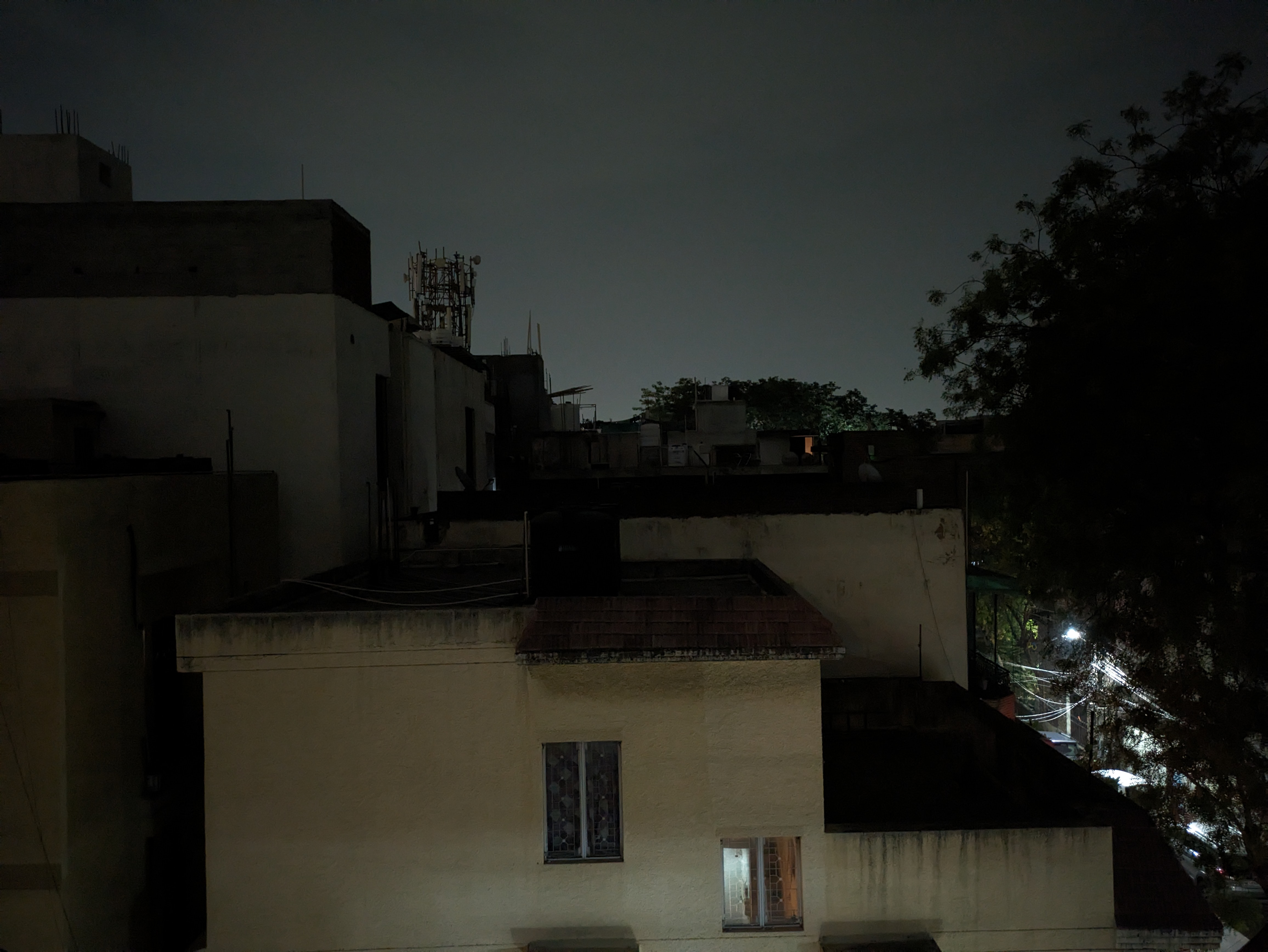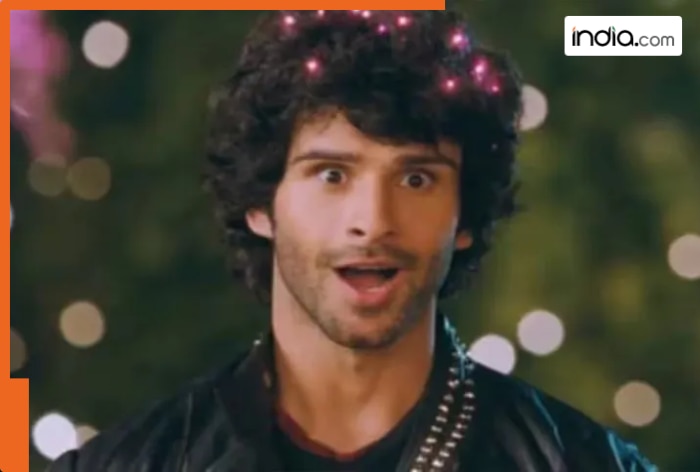
Google’s new Google Pixel 8a (review) and last year’s Pixel 7a (review) house more or less a similar camera system, even though the former carries a significantly higher price tag. While the two smartphones feature a slightly different design, their camera module with dual sensors looks almost identical. But is there a difference in camera performance as well, considering the new Pixel smartphones get an upgraded processor?
Here’s a detailed camera comparison between Google Pixel 8a and Pixel 7a.
Google Pixel 8a vs Google Pixel 7a camera specifications
| Google Pixel 8a | Google Pixel 7a |
| 64MP camera with dual pixel PDAF, OIS | 64MP camera with dual pixel PDAF, OIS |
| 13MP ultra-wide camera with 120-degree FoV | 13MP ultra-wide camera with 120-degree FoV |
| 13MP front camera | 13MP front camera |
Daylight
In daylight, both smartphones treat this scene almost the same way. The Pixel 8a captures the accurate shade of the sky, but the differences aren’t substantial.

Both photos look social media-ready and include similar details, colours, and dynamic range. The 64MP primary camera on Pixel 8a and Pixel 7a supports 8x digital zoom.

If you see the samples above (captured with 8x zoom), there’s not much to distinguish.
Winner: Tie
Ultra-wide
Unlike the outputs with the primary camera, you will notice a slight difference in the final image with the duo’s ultra-wide camera. The image with Pixel 7a includes a soft pink tint, which elevates the overall scene. Pixel 8a’s output is closer to the actual scene.

There’s not much to complain about details in the images, be it the leaves on trees or contours on the tiles. In fact, Pixel 7a and 8a both play around with shadows and highlights in the same way to make the photo appear more dramatic.
My point goes to Pixel 7a for its more pleasing colour treatment, even if it’s by accident. If you prefer Pixel 8a’s natural treatment, that’s totally fine. If you want to call it a tie again, that works too.
Winner: Google Pixel 7a
Portrait
The Google Pixel 8a and Pixel 7a utilise the primary camera for portrait shots. Both smartphones lack a dedicated telephoto camera for crisper shots.

The default focal length on the Pixel 8a is more than what Pixel 7a offers. Otherwise, both smartphones exhibit a similar performance. Google has expanded its “Real Tone” technology even on its Pixel A-series smartphones for an accurate complexion. The bokeh effect is also decent, if not the best.
However, Pixel 8a and Pixel 7a both struggle with edge detection around the subject in select areas. For the Pixel 8a, it is around the shoulder, and in the case of the Pixel 7a, it’s near the neck. In that case, it’s fair to call a tie as both phones share similar strengths and weaknesses for portrait shots with the primary camera.
Winner: Tie
Selfie (Portrait)
If you’ve noticed nearly identical camera performance between the Pixel 8a and Pixel 7a so far, you’re not mistaken. The selfie camera performance is also quite similar between the two. Both phones accurately capture skin complexion, and edge detection gets small improvements.

The image by the Pixel 7a includes a slight orange-ish hue due to relatively higher saturation. Otherwise, there’s no compromise with the facial details in both photos. Again, it’s a difficult pick, and it’s fair to call it a tie.
Winner: Tie
Low-light
If you’re wondering if there’s a difference in camera performance in low-light conditions, the short answer is no. That is despite the Google Pixel 8a supporting a longer exposure for night mode. More on that in the next section.

By default, the Pixel 8a and Pixel 7a auto-enable night mode (3 seconds) for a brighter output. If you see the photos below, the yellow wall in the foreground will appear a shade darker in Pixel 7a’s image. Apart from that, both smartphones deserve credit for minimising noise levels even in poor lighting conditions (we’ve added a reference shot of the actual scene below).

Contrast and shadows in both photos are on the higher side to make the photo appear more dramatic. Pixel 8a’s image is less shaky, but it’s not a significant difference.
Winner: Tie
Low-light (night mode enabled)
If you enable night mode, the only difference is that the Pixel 8a offers a relatively longer exposure (6 seconds) instead of a 5-second exposure time on the Pixel 7a.

Otherwise, enabling the feature doesn’t make much of a difference to the final output.
Even with the low-light enabled, there’s not much of a difference. The image on the Pixel 7a is slightly on the warmer side, but the differences are indistinguishable. The rest is all identical, whether it’s details on the wall in the foreground or shadows of the tree in the background.
Winner: Tie
Verdict
Despite a wide difference in the price tag, the Pixel 7a and Pixel 8a offer near-identical camera performance. In that case, if you’re looking for an “affordable” Pixel phone, the Pixel 7a might suit your needs. But if you are looking for smoother and more efficient performance, the Tensor G3-powered Pixel 8a would be more suitable.
If you’re also considering the iQOO 12, you can check out our camera comparison with the Pixel 8a here.






